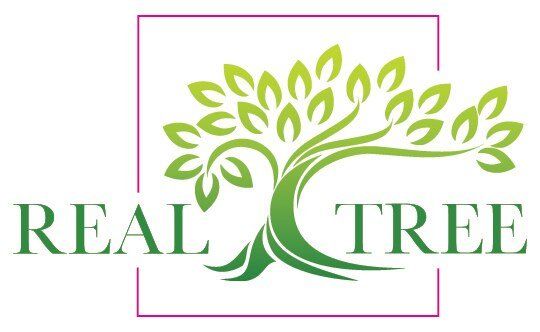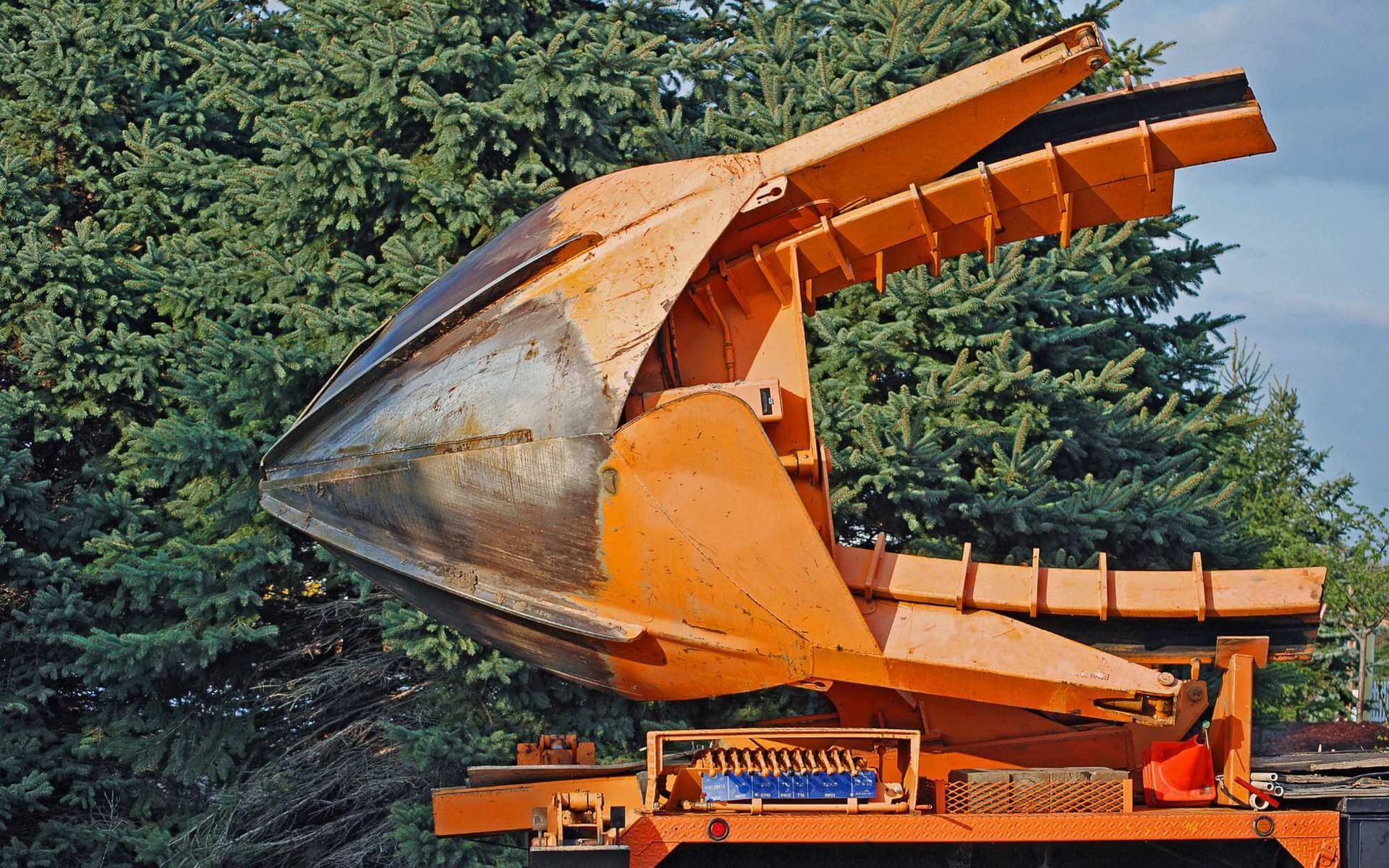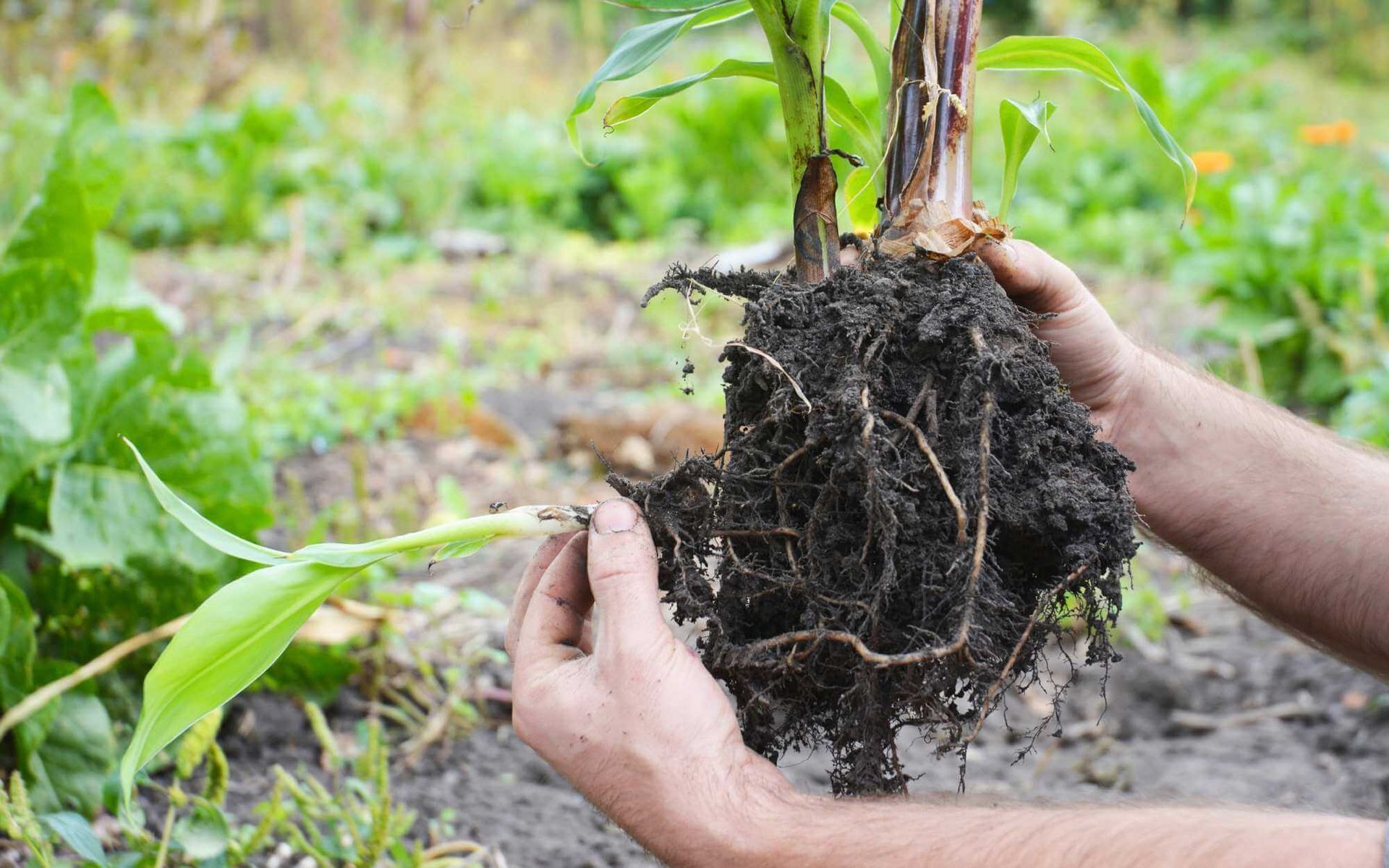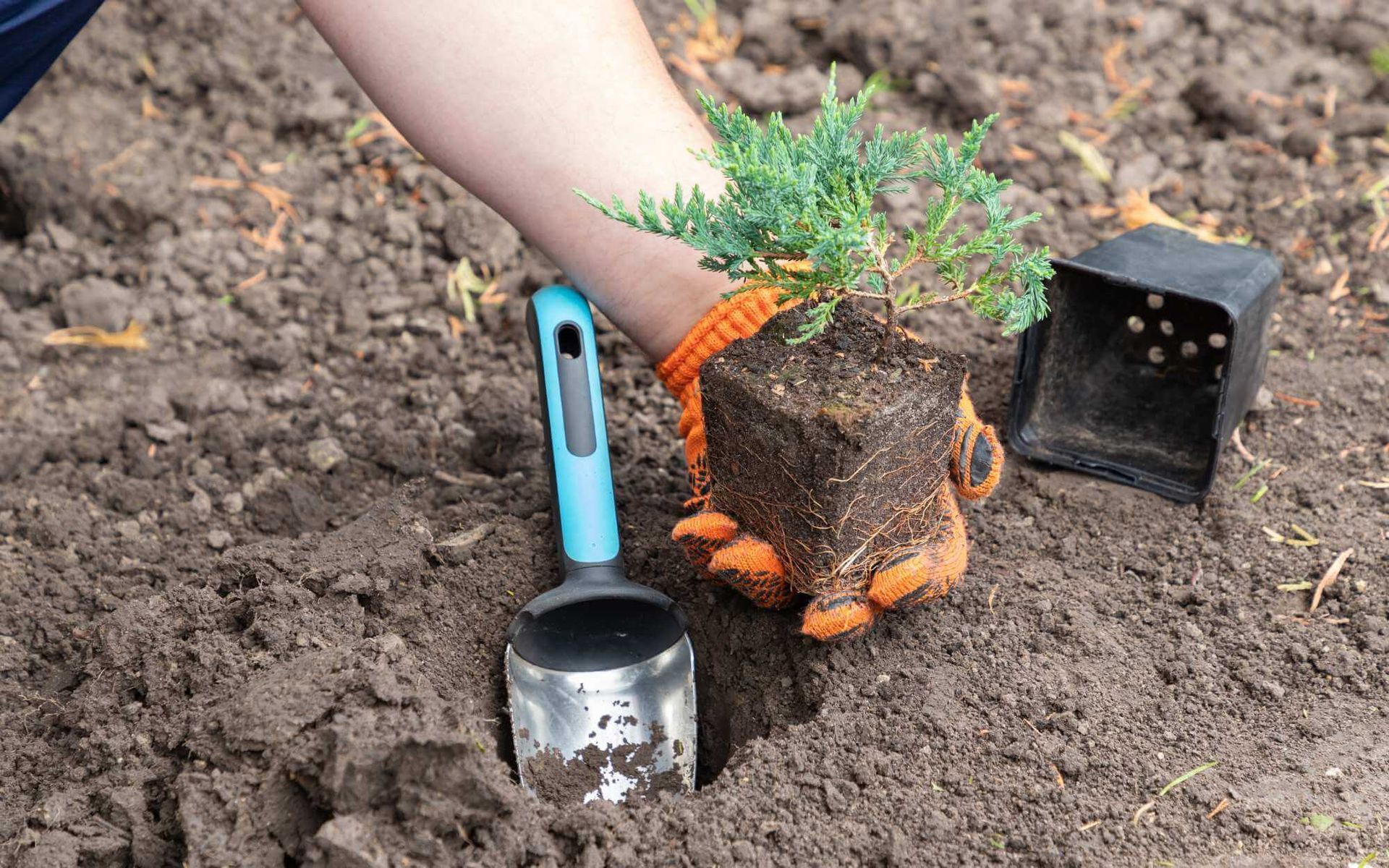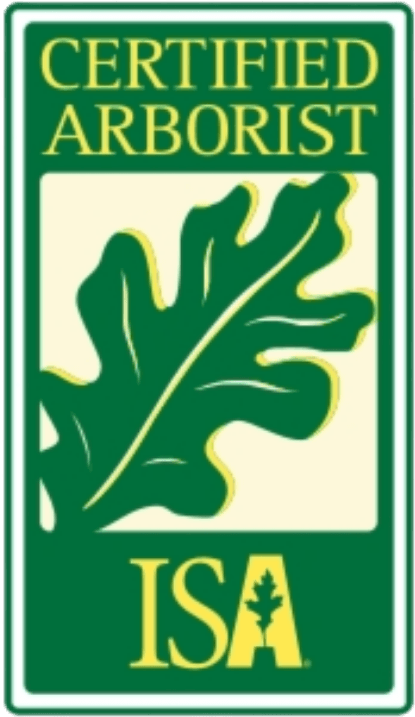Assessing Environmental Impact: The Role of Tree Removal Permits
PUBLISHED ON
SHARE THIS ARTICLE
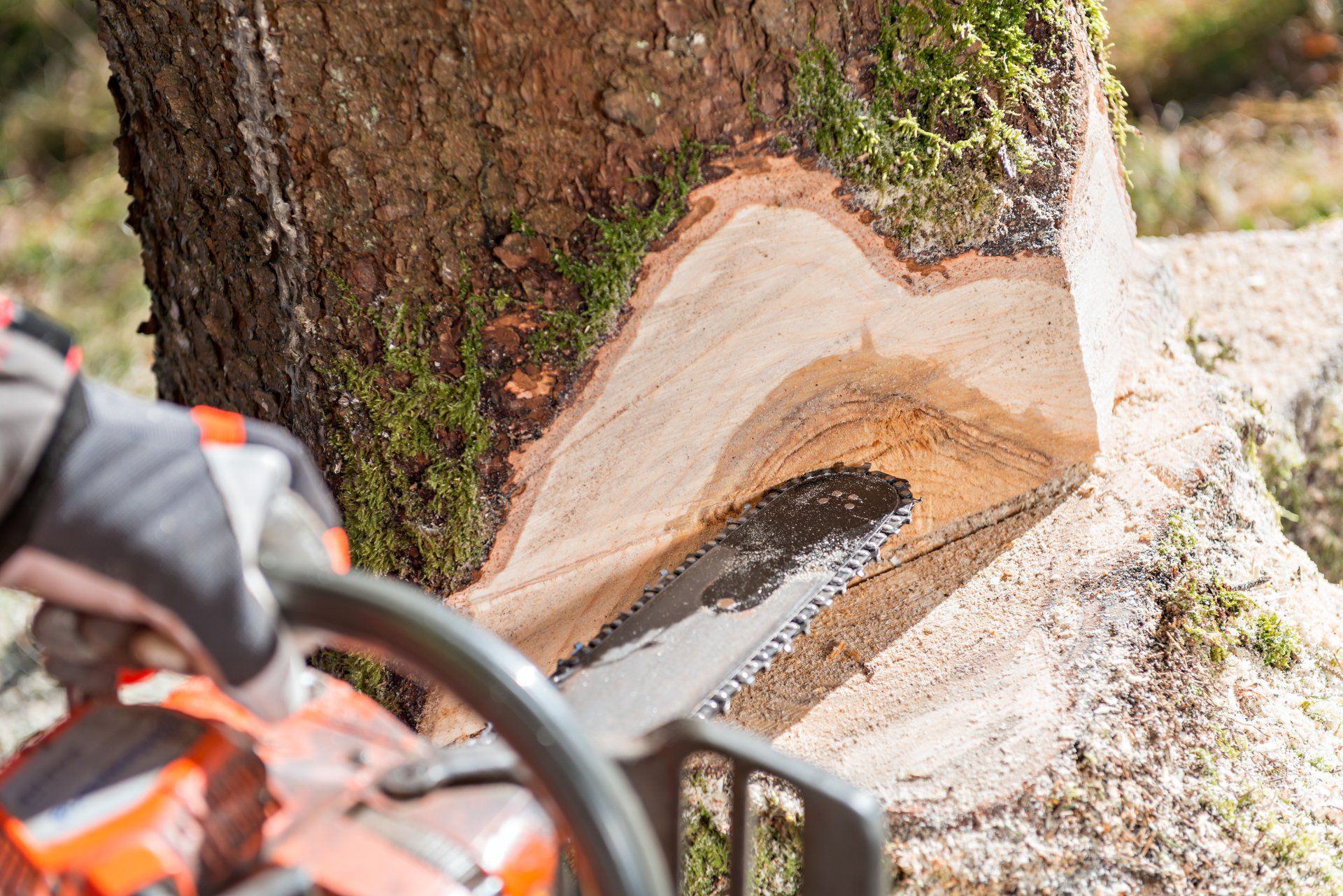
In our quest for development and progress, it's crucial to maintain a delicate balance with the natural world. Trees are crucial in sustaining the ecological equilibrium.
However, urbanization and construction demand their removal, which is where the significance of tree removal permits comes into sharper focus. These permits serve as a legal framework and a compass guiding us toward environmentally responsible decisions.
Today, we'll explore the intersection of advancement and conservation and the pivotal role tree removal permits play in this ongoing dialogue.
Tree Removal Permits: What You Need to Know
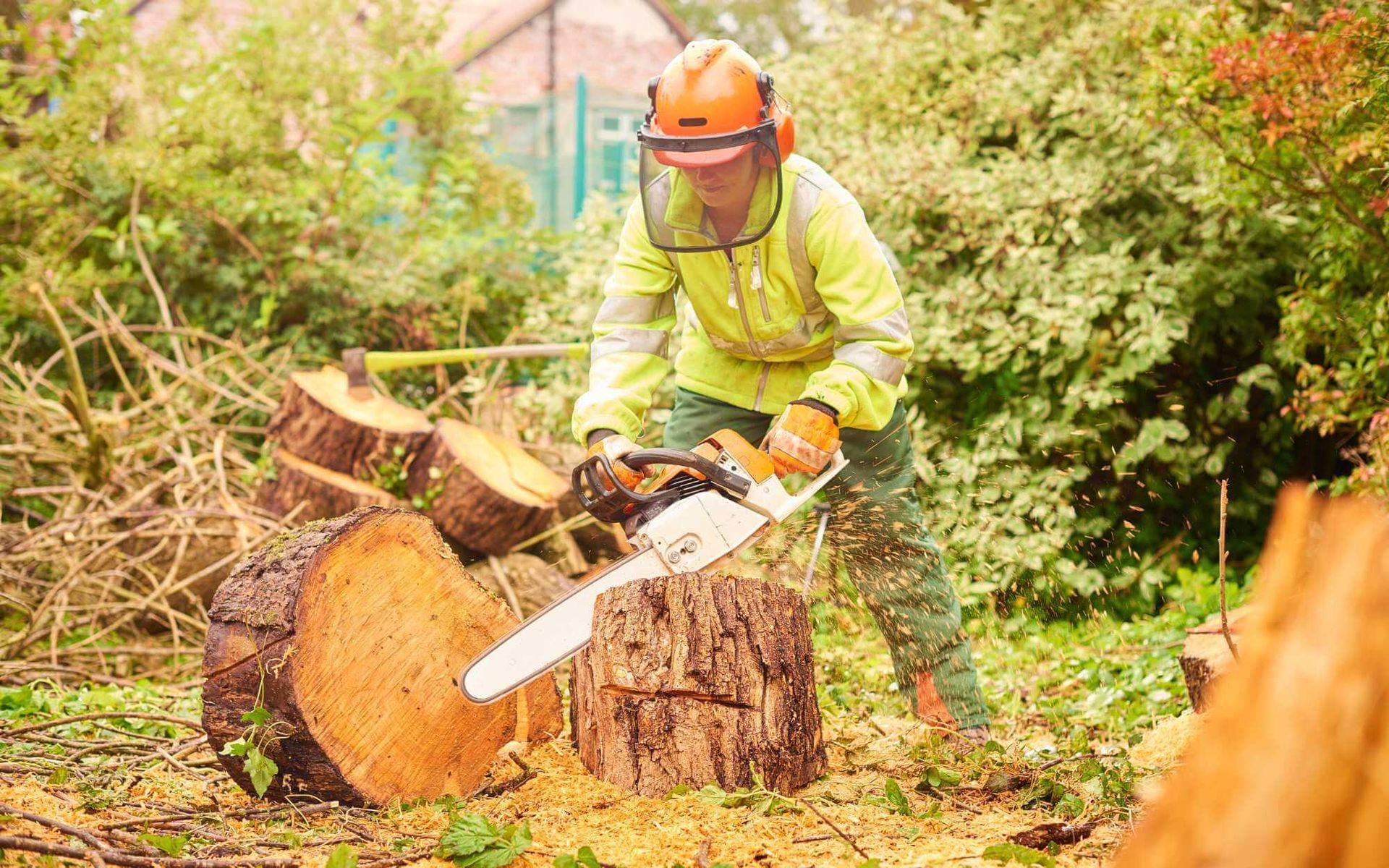
Tree removal regulations are designed to protect local ecosystems by ensuring that any decision to cut down trees is made with environmental considerations in mind.
Typically, a property owner must apply for a permit, providing justifications for the removal such as disease, risk of property damage, or for legitimate landscaping improvements. The application often requires an arborist's report, a property survey, and a mitigation plan detailing how the loss of the tree will be compensated, often through replanting.
The issuing agency, usually a city or local government, then reviews the permit application against municipal codes, conservation rules, and urban forestry policies. Criteria can include tree species protection, the health of the tree, and the cumulative impact on the canopy coverage in the area.
If approved, the permit usually stipulates conditions to minimize environmental impact, and non-compliance can lead to fines or legal action.
The process emphasizes sustainable development while acknowledging the essential role trees play in our environment.
Environmental Implications of Tree Removal
Trees are integral for ecological balance, biodiversity sustenance, and air and water purification.
Effects on Ecosystem and Biodiversity
The ecosystem relies on trees for stability and diversity. Trees provide habitat and food for myriad wildlife species, forming the backbone of complex food webs.
Their removal disrupts these webs, leading to reduced animal populations and biodiversity loss. The absence of trees also strips the soil of nutrients, hampers natural soil regeneration processes, and escalates the risk of erosion, affecting the very foundation of the ecosystem.
Impact on Air and Water Quality
Trees are natural air filters; they absorb pollutants and exhale oxygen, thus enhancing air quality. Deforestation leads to increased carbon dioxide levels and a decline in air purity, contributing to respiratory disorders and global warming.
Moreover, trees play a crucial role in water cycle management. Their roots absorb and filter water, preventing contaminants from entering water bodies. Their removal diminishes this filtration, leading to deteriorated water quality and affecting aquatic life.
Mitigation Measures and Sustainable Practices
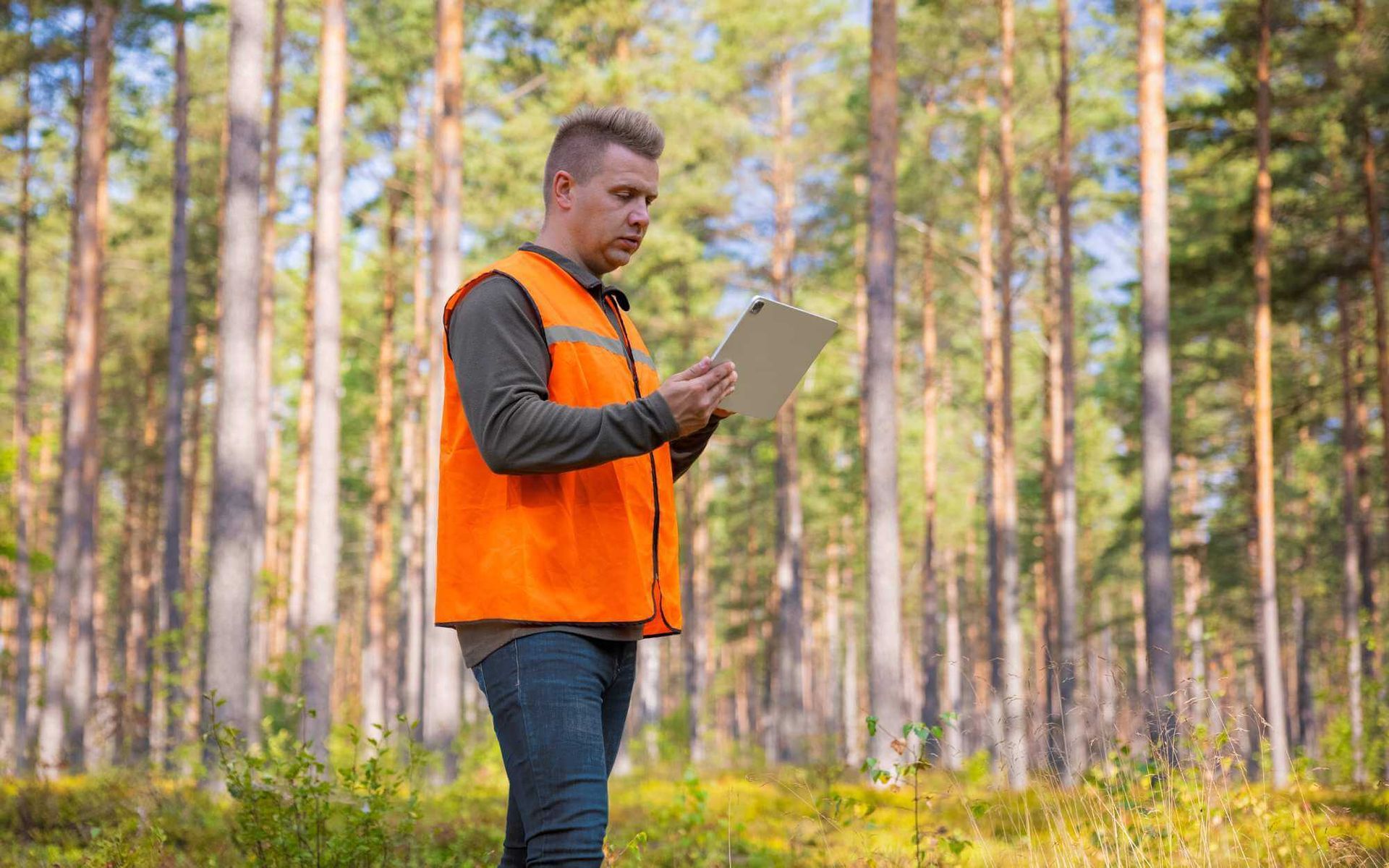
To mitigate the environmental impact of tree removal, replanting, and sustainable practices are essential. Let's explore some of these measures in more detail.
Replanting and Reforestation
Replanting is a critical component of any tree removal permit. It not only helps to offset the loss of trees but also promotes reforestation efforts, aiding in ecosystem restoration. However, replanting must be done strategically and with the right species to ensure maximum effectiveness.
Sustainable Construction Practices
Another way to minimize environmental impact is through sustainable construction practices. These include using eco-friendly materials, minimizing land clearing, retaining existing trees whenever possible, and incorporating green infrastructure such as rain gardens or permeable pavement systems.
Additionally, implementing green building standards such as LEED certification can also play a significant role in reducing the environmental impact of construction projects.
Tree Removal Permits
Tree removal permits serve as a critical tool in balancing development and tree preservation. By carefully assessing the environmental impact of tree removal, we can ensure that our actions align with sustainable practices and mitigate any negative consequences.
It's essential to remember that trees aren't just objects to be removed for human convenience but vital components of our shared ecosystem. With proper planning, consideration, and sustainable practices, we can continue to progress while preserving the natural world for future generations.
Balancing Development and Conservation
Assessing environmental impact is vital to maintaining our planet's health and ensuring sustainable development. We must consider the far-reaching consequences of tree removal, as trees are fundamental to ecological balance and community well-being.
Let's commit to responsible practices when conducting tree removal. This diligence safeguards biodiversity, air and water quality, and preserves the beauty and functionality of our natural landscapes for future generations to cherish and thrive within. Contact a
certified arborist and engage with a local conservationist to be part of the solution.
Want a free quote or some friendly advice? Call our team today:

